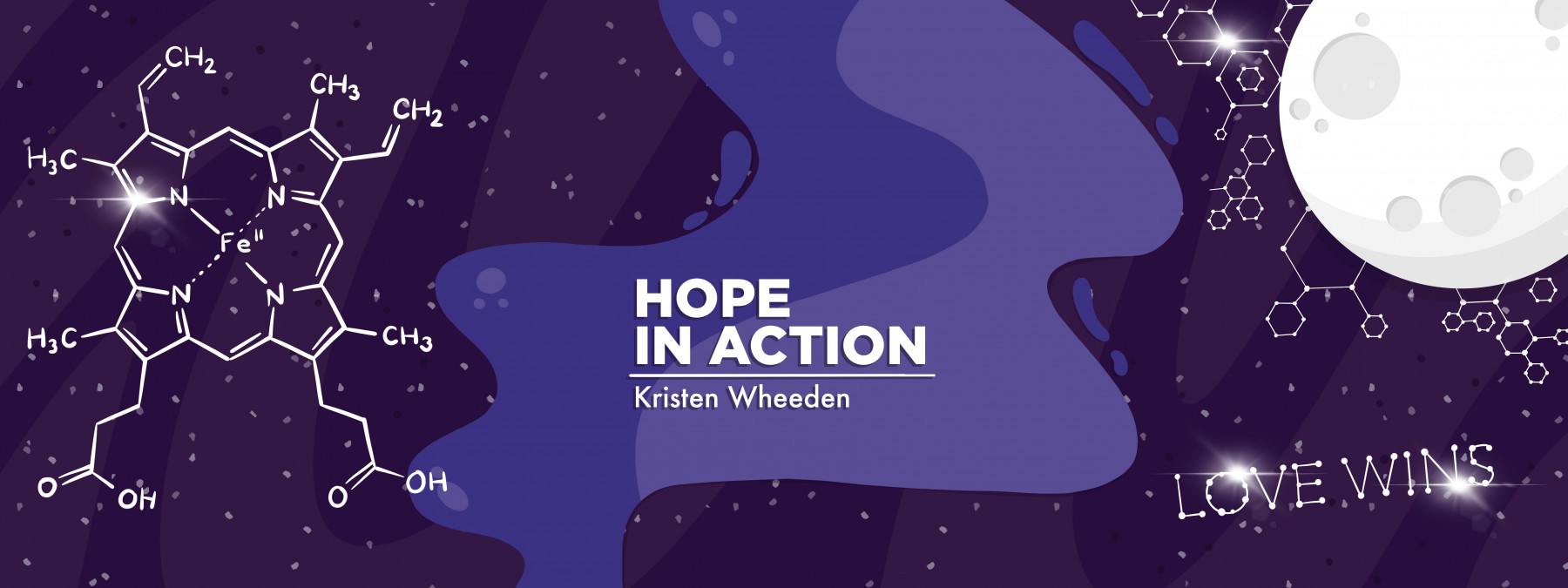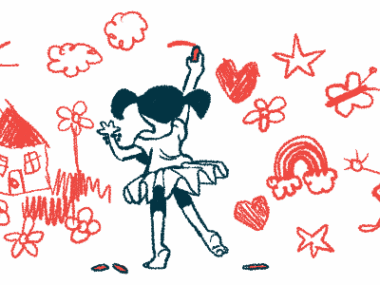A ‘National Stay Out of the Sun Day’ I Will Never Forget
Written by |

“National Stay Out of the Sun Day” happened last weekend, on July 3. This awareness day highlights the effects of sun exposure and the need to protect ourselves from them. I was not aware of this day until my savvy fellow columnist, Claire Richmond, clued me in. Any opportunity to raise awareness about phototoxic diseases is a good one, so I jumped right in!
The folks at the United Porphyrias Association and Shadow Jumpers, two organizations that provide resources and create awareness about porphyria, were excited to promote the day. Both groups support patients with erythropoietic protoporphyria (EPP), a painful phototoxic rare disease that is triggered by sun exposure. People living with EPP tend to stay out of the sun anyway, because it causes debilitating pain. A day like this offers the opportunity for family and friends to live a “day in the life” of someone with this disease.
It is personal for our family, because our youngest of three sons lives with EPP. Brady, 17, was diagnosed in 2009, at the age of 4. His ability to avoid sun exposure is near wizard-like as he turns his back, dips his head, covers his body parts, and leads friends to safer locations in mid-conversation. I have watched him master his tricks to stay protected over the years and have helped him develop as a self-advocate when possible. Unless we need to intervene, my husband and I let Brady lead the way on deciding how he shares details about EPP and with whom.
As a family, we had planned to honor “National Stay Out of the Sun Day” with shelter and umbrellas, but then it turned into a necessity. We rallied around Brady, not only to honor the event, but also because he was experiencing a severe phototoxic event. During such a reaction, sun, light, heat, cold, and even wind can exacerbate the pain. There is nothing to alleviate the agony except time and darkness.
His reaction happened during a shift at his summer job. Brady is working at a bustling restaurant on the eastern shore of Maryland. It is a lovely destination, with tables indoors and out. The “out” part caused trouble on his first daytime shift. Although he was only temporarily exposed to the sun’s harmful rays while filling water glasses, clearing plates, and greeting customers, the exposure accumulated and wreaked havoc on his tender hands. The pain worsened as the day turned into night.
On the following day, which was “National Stay Out of the Sun Day,” Brady was scheduled to work a daytime shift. But he hadn’t discussed his condition with his manager. He thought he could handle it, and it also can be hard to explain an invisible, painful disease that few people have heard about. Now he was stuck without anyone to take over his shift. Yet, he felt a responsibility to finish the job despite the intense pain.
When all other options failed, his older brother, who works as a server at the same restaurant, stepped up. Zach, my middle son, took his brother’s shift, which started early the next morning on a holiday weekend, when Zach had scheduled a day off.
While Zach worked, we “celebrated” “National Stay Out of the Sun Day” with indoor card games, cooling fans, and plenty of love. Cameron, our oldest son, led the family effort and support team.
Years of brotherhood have prepared them for this situation. Zach and Cameron have had their brother’s back since they understood why it was necessary and how to do it. As kids, they were the ones who hopped in the neighborhood pool at dusk, played basketball in the dark, and hung out with their brother when others had long gone home. For years, we went to a family camp for children like Brady, where both brothers volunteered as counselors. Camp Sundown trained them to think about EPP and other rare diseases that react to the sun.
On Sunday, Zach returned home to a round of family applause for rising to the occasion and protecting his brother. He also had explained Brady’s rare disease to the restaurant staff. For his next shift, Brady was offered indoor duties, and the owner personally reached out to make sure he was OK.
Opportunities will arise for Brady to support his older brothers in meaningful ways, too. But that weekend, his siblings set an example of being beautiful, kind, and aware human beings. I cannot think of a better reason to celebrate!
My hope is that current and emerging treatments will help Brady — and all people that live with EPP. In the meantime, the goal is to support one another in ways that we never dreamed would be necessary.
I tucked away this experience deep in my heart. My boys are my world — and as it turns out, they are one another’s world, too.
Note: Porphyria News is strictly a news and information website about the disease. It does not provide medical advice, diagnosis, or treatment. This content is not intended to be a substitute for professional medical advice, diagnosis, or treatment. Always seek the advice of your physician or other qualified health provider with any questions you may have regarding a medical condition. Never disregard professional medical advice or delay in seeking it because of something you have read on this website. The opinions expressed in this column are not those of Porphyria News or its parent company, Bionews, and are intended to spark discussion about issues pertaining to porphyria.







Leave a comment
Fill in the required fields to post. Your email address will not be published.